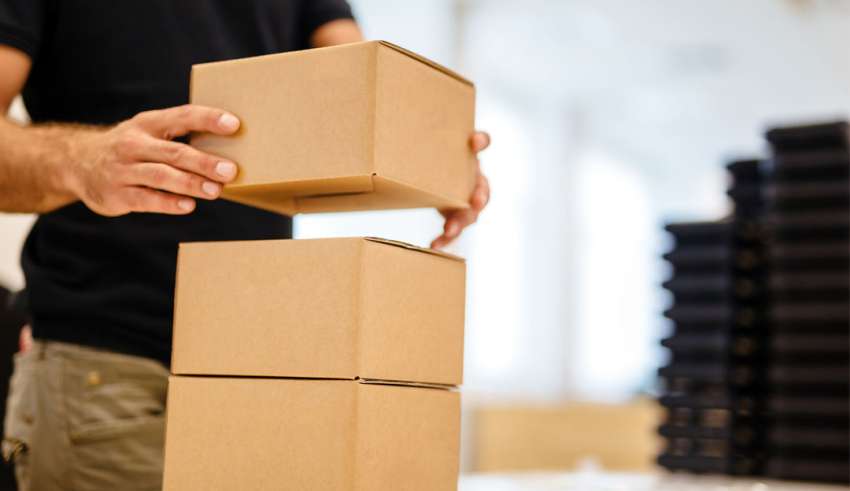
In a world where e-commerce is thriving, ensuring the safe delivery of fragile items has become a paramount concern for both sellers and buyers alike. Fragile items, ranging from delicate glassware to electronic gadgets, require extra care and attention during packaging to prevent damage in transit. Here’s a comprehensive guide on how to package fragile items safely and securely, utilising appropriate packaging supplies.
1. Choose the Right Box:
Selecting the appropriate box is the first step in ensuring the safety of fragile items during shipping. Opt for a sturdy corrugated cardboard box that is slightly larger than the item itself to accommodate cushioning materials. Avoid using old or damaged boxes as they may compromise the integrity of the packaging.
2. Wrap Items Individually:
Wrap each fragile item individually with bubble wrap or packing paper to provide a protective layer against impact and shock. Ensure that every part of the item is adequately covered, especially the corners and delicate components.
3. Use Cushioning Materials:
Fill the empty spaces within the box with cushioning materials such as packing peanuts, air pillows, or crumpled paper. These materials help absorb shocks and vibrations during transit, minimising the risk of damage to the fragile items. Make sure to pack the items tightly to prevent them from shifting inside the box.
4. Reinforce with Packing Tape:
Secure the wrapped items and cushioning materials in place by using high-quality packing tape. Reinforce the seams and edges of the box to prevent it from bursting open during handling or transportation.
5. Label the Package:
Clearly label the package as “Fragile” using bold, legible letters to alert handlers to exercise caution during shipping. Additionally, consider using labels such as “Handle with Care” or “This Side Up” to provide further instructions to the shipping carrier.
6. Consider Double Boxing:
For exceptionally fragile items or those with high sentimental or monetary value, consider double boxing for added protection. Place the securely packaged item inside a slightly larger box filled with additional cushioning materials to create an extra layer of insulation against impacts.
7. Choose the Right Shipping Service:
Select a reputable shipping service that offers handling options specifically tailored to fragile items. Some carriers provide special handling services or fragile item insurance for added peace of mind.
8. Inspect Before Shipping:
Before sealing the package, conduct a thorough inspection to ensure that all fragile items are properly secured and adequately cushioned. Shake the box gently to check for any movement and make adjustments as necessary.
9. Monitor Tracking Information:
Keep track of the package’s tracking information to monitor its progress during transit. This allows you to anticipate potential delays or issues and take appropriate action if necessary.
10. Seek Professional Help if Needed:
If you’re uncertain about the packaging process or dealing with particularly delicate items, don’t hesitate to seek professional packaging assistance. Many shipping stores offer specialised packaging services tailored to fragile items, ensuring they reach their destination unharmed.
Conclusion
Packaging fragile items safely and securely requires careful attention to detail and the use of appropriate packaging supplies. By following these guidelines and utilising proper techniques, you can minimise the risk of damage during shipping and ensure the safe delivery of fragile items to their destination.






















